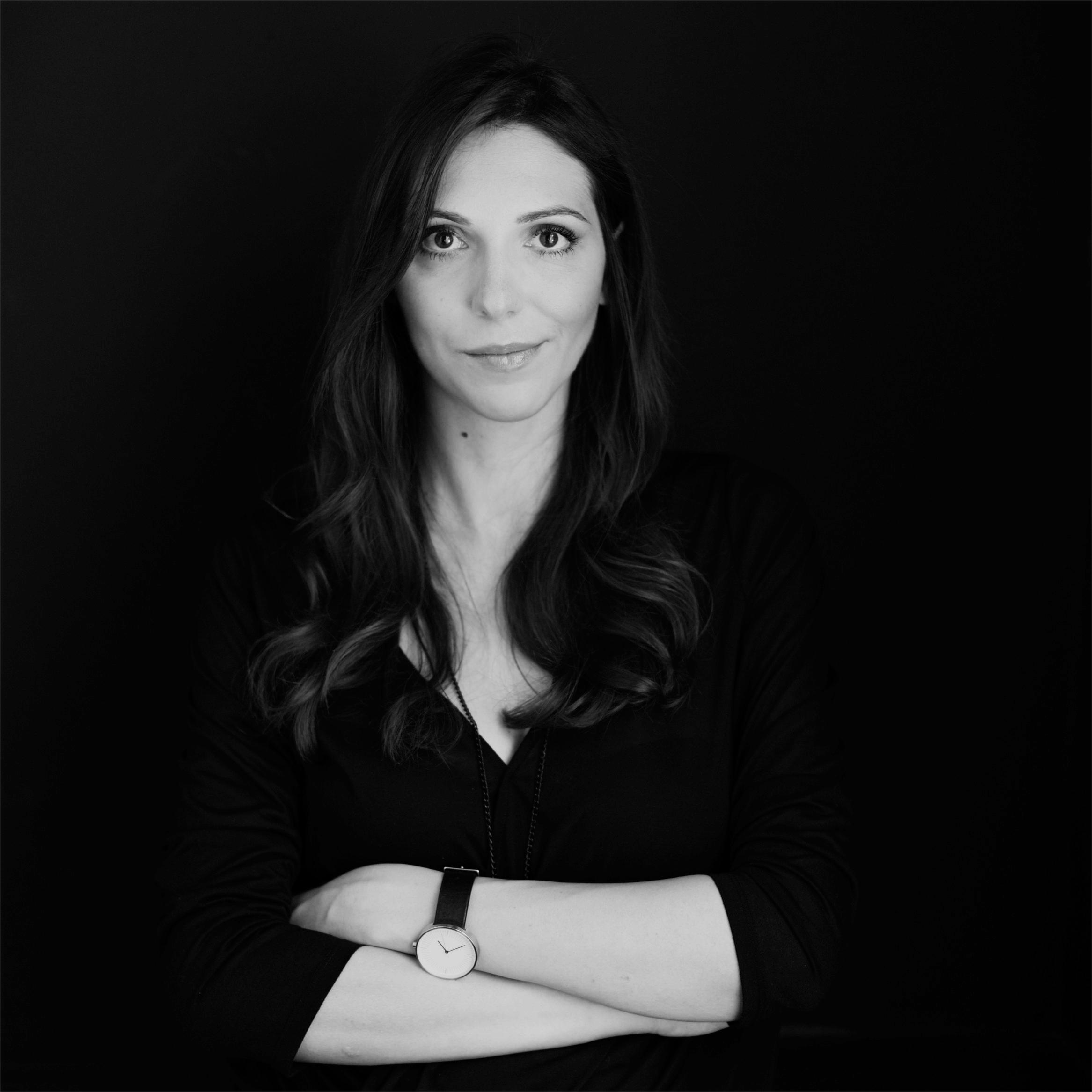Biography
ABOUT
Patricia Sturzoiu is a partner and co-founder of Quadratum Architecture, a Bucharest-based studio focused on public architecture with a strong emphasis on education and community. The practice has delivered several projects, recognized for their clarity, contextual sensitivity, and human-centered approach. Among its recent works, the Labirint project is a thoughtful response to the layered history of a faith-based community, integrating a church and school on a shared site. She leads complex projects with care for both urban coherence and human experience.
SHORT DESCRIPTION OF THE OFFICE
Quadratum Architecture is a Bucharest-based architectural studio delivering integrated design solutions across various sectors. Over the past nine years, with a team of over 50 professionals, including architects and engineers, we have developed a diverse portfolio encompassing educational facilities, residential complexes, healthcare institutions, infrastructure projects, and mixed-use developments. Our approach combines thoughtful design with technical precision, aiming to create spaces that are not only functional but also foster engagement, well-being, and a sense of belonging. We are committed to delivering architecture that supports holistic development and reflects the unique identity of each community we serve.
AWARDS OF THE OFFICE
- Nominalizare Bienala Națională de Arhitectură 2023 – Secțiunea „Locuințe colective” & secțiunea „Clădiri socio-culturale (educație, sănătate, cult)”
- BigSEE Architecture Award Winner 2024
- Anuala de Arhitectură București 2023 – Nominalizare
PROJECTS TO BE PRESENTED DURING THE EVENT
Project #1: Labirint: Pathways of Faith and Learning
Project #1 category: Infant schools / Primary Schools / Secondary Schools / Special needs facilities
Start year: 22.03.2020
For nearly 100 years, the studied site has been home to various buildings typical of the traditional fabric of the Jewish Quarter. These structures represented the cradle of the Adventist community. Throughout the past century, educational activity was present from the very beginning, with institutions such as pastoral schools, a middle school, a nursing school, a vocational tailoring school or a publishing house. In the course of this historically rich space’s evolution, it has developed into a place with two main functions: church and school – two programs that are distinct yet partially overlapping in their use. A project with spaces developed across multiple levels, featuring remarkable structural elements – post-tensioned slabs or spectacular exposed concrete coffered ceilings, corridors and classrooms that support a holistic educational process, natural light, views, and features that preserve the community’s rich memory – all of these define this complex and meaningful project.






